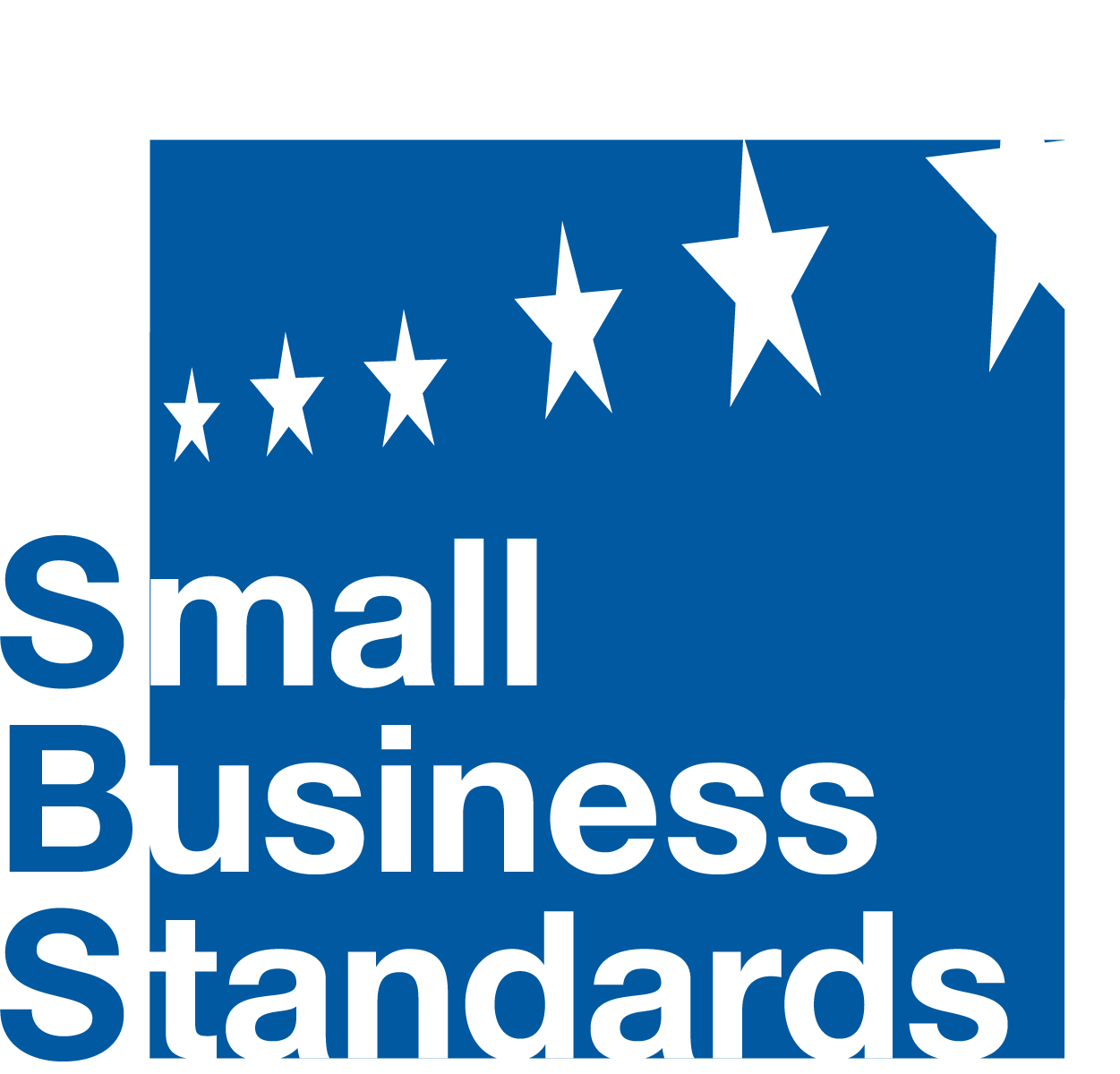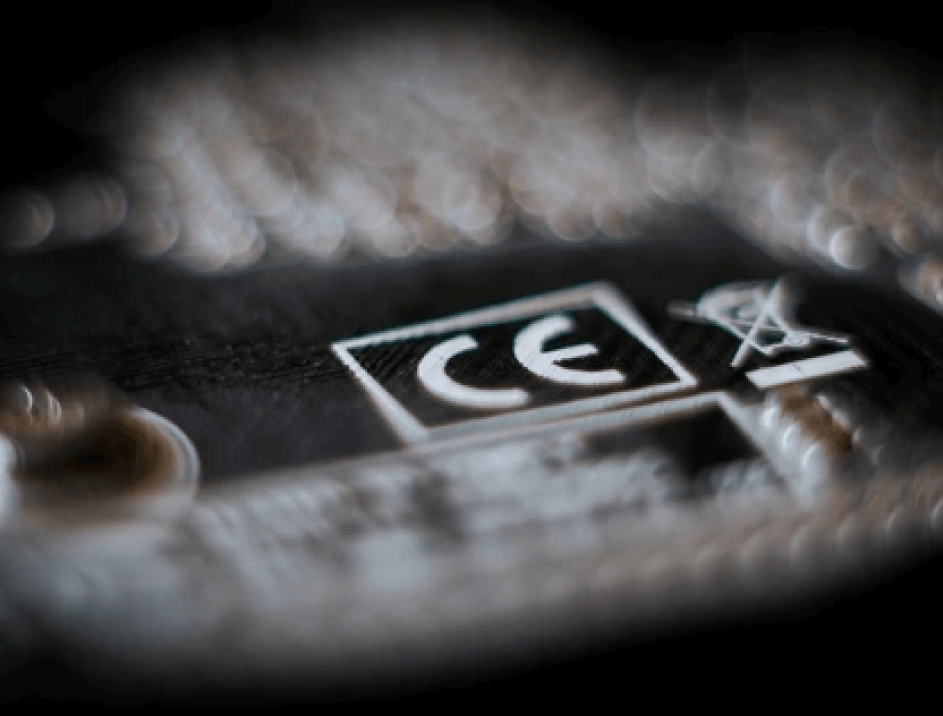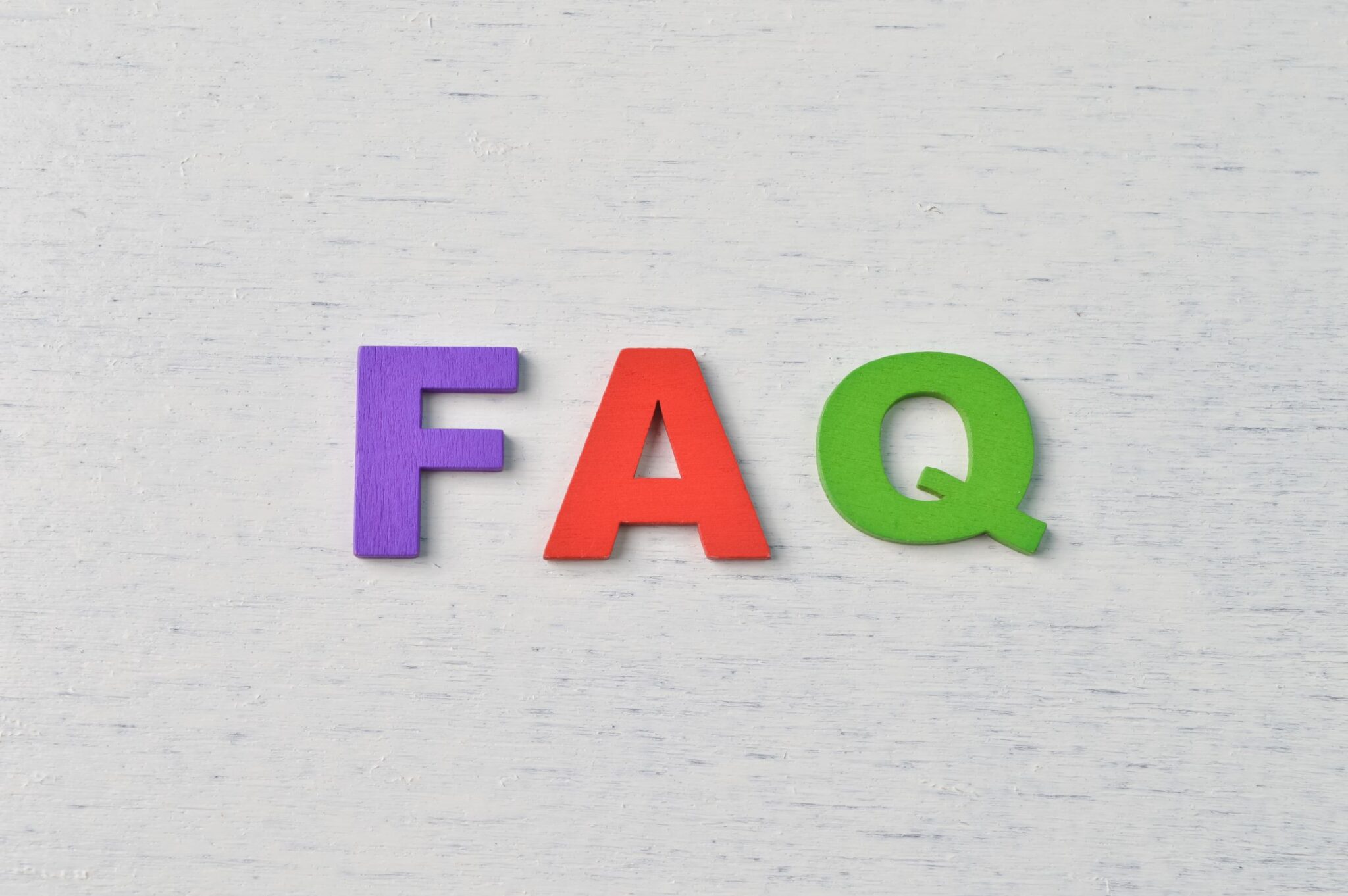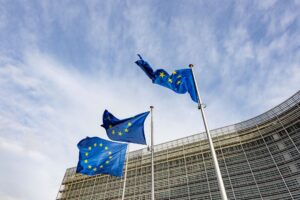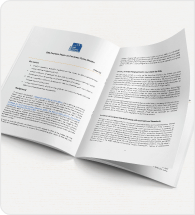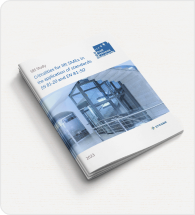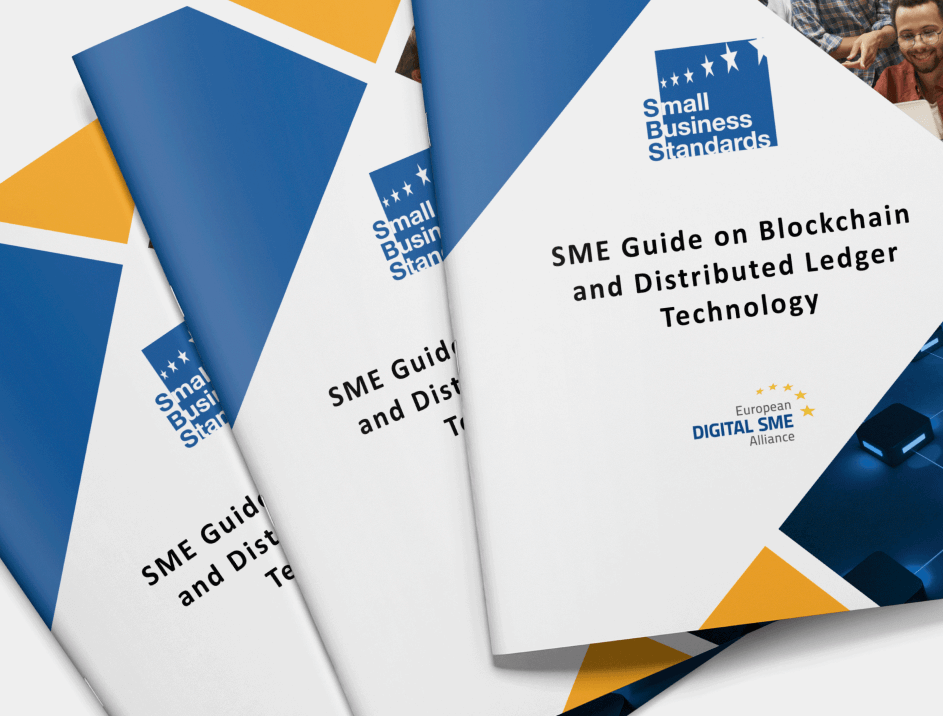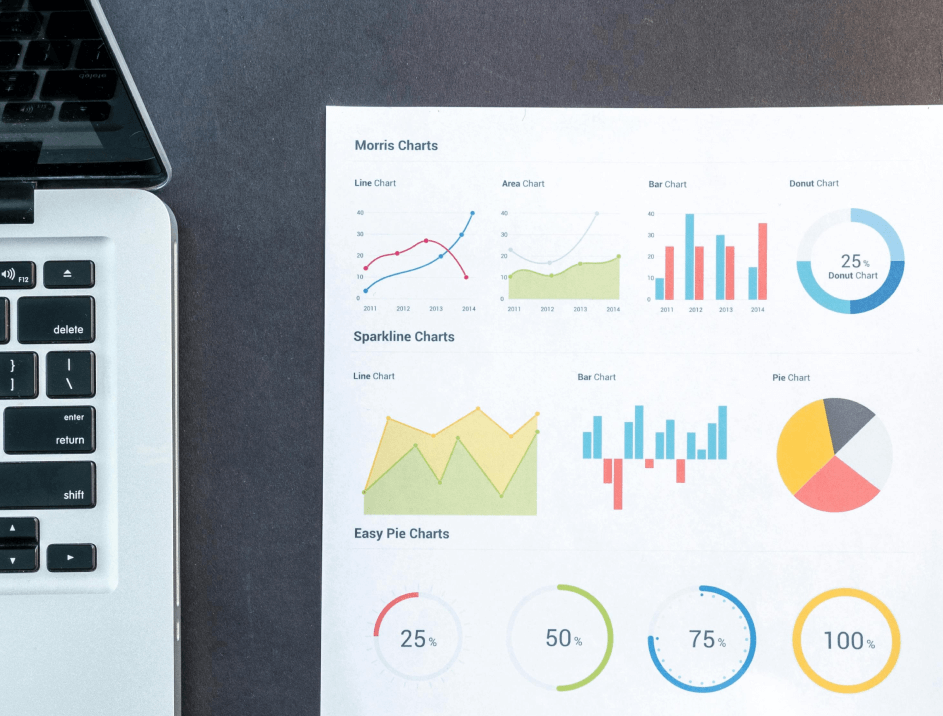Most of us, when we hear the word BIM, think that it applies only to large projects at big major companies. This misperception is due to the fact that the term is still not in wide use, possibly because the benefits of using BIM, especially at the level of SMEs, are not properly understood.
What is BIM?
Building Information Modelling (BIM) is a digital representation of a building that can allow data to be created and managed during the building’s design, construction and operational phases. The benefits of BIM are manifold, and it is in the interest of SMEs to understand how their business could benefit from it.
How can SMEs benefit from BIM?
Many product manufacturers are now supporting architects, contractors and interior designers by producing “digital twins” of their physical products that include the technical data associated with these products, thus facilitating the incorporation of the data into BIM. Among other advantages, manufacturers benefit from interoperability, enhanced use of product data and the new connections that can be made with the market. Moreover, the information that digital products create can ensure effective collaboration following the completion of construction ̶ during building maintenance, for example.
What is the SBS position regarding BIM?
BIM is a digital process that creates both opportunities and challenges. Compared with large organisations, SMEs usually lack the personnel, financial resources and knowledge needed to adopt new technology. BIM tools will have value to construction SMEs and craftsmen only if these are financially accessible and if they offer advantages in daily business operations.
Software solutions play an important role in BIM implementation. A wide range of programs exist that can serve as the main tool for the various projects involved in this process. Although this variety allows for freedom of choice, it also introduces the issue of interoperability. It is costly and time-consuming for a manufacturer to provide the BIM object in various formats. Additionally, small- and medium-sized contractors, among others, sometimes require simplified functions that current software does not support.
Another important issue concerns the amount of detail to be provided. Too much information creates confusion. Conversely, a lack of information leads to low quality. In the broader context of increased digitalisation, it is important for product manufacturers to begin to think about the information they need and to design corresponding product data templates.
For smaller businesses involved in the building sector, it is essential to establish an enabling framework with open standards and tools that can easily be adapted to SMEs. This is important to ensure that SMEs will not be disadvantaged in the digitalisation process.
This is why SBS has been actively participating in the CEN Technical Committee 442 on BIM. This committee develops the standards that will form the foundation of the technology, and it is essential that SMEs be involved in their development.
BIM in the lift sector
On 27 May, EFESME organised the SBS Lift Forum for the purpose of providing lift SMEs an initial introduction to BIM’s methodology.
Since the lift itself is fast becoming a key component of a BIM project, it is critical that it be designed and engineered to comply with this new and increasingly popular methodology. For SMEs, this requirement can turn into a major obstacle, especially if they lack the proper preparation and skills. This is also true if BIM is developed in a non-standardised way without the necessary standards to ensure a stable and level playing field.
Find out more through the event material.,
Survey to identify key areas of standardisation for SMEs
SBS launched a
study at the end of 2020 to identify key areas of standardisation for SMEs spanning the next five years. Both European and international standards cover an extremely broad range of goods and services, and the number of standards being developed or revised is growing every year. The study will assist SBS in focussing its activities on standardisation areas that have been identified as especially relevant and strategic from the SME perspective.
As a part of this effort, SBS has developed a questionnaire to be completed by SMEs to assist in prioritising sectors and topics of particular SME relevance.
The deadline for submission of the questionnaire is 15 July 2021.
SBS annual event underscores the key roles of SMEs and standards in the green transition
Under the theme “SMEs as drivers of green growth: Turning challenges into opportunities with standards”, the seventh SBS annual event, held online on 26 May, discussed opportunities and challenges facing SMEs to achieve the EU Green Deal and circular economy goals, and the role standards in this regard.
One of the main conclusions of the conference, partner event of EU Green Week 2021, is that the green transition offers substantial opportunities for SMEs. Equally, the European green transition cannot occur without SMEs, which are the driving force of the European economy. Despite the promise of these changes, SMEs can neither contribute to green growth nor take advantage of its benefits without the right framework of policies, legislation and standards.
SBS organises workshop to inform SMEs about new rules following EU-UK trade agreement
On 4 May, SBS organised a workshop titled “EU-UK trade agreement: A practical guide for SMEs” to provide European companies wishing to do business in the UK with information on the new rules to follow – such as new labelling requirements or approvals – if they plan to continue selling their products in the UK, such as new marking requirements or approvals. The webinar provided information about the EU-UK trade agreement, conformity assessment, the new UKCA mark and standards in the UK after EU exit.
Find out more through the workshop material.
Commission proposes new Regulation on Artificial Intelligence
On 21 April, the European Commission approved the Artificial Intelligence (AI) Act, which focusses on regulating high-risk AI. The proposed legal framework aims to facilitate the uptake of trustworthy AI applications through a risk-based approach that bans unacceptable risk applications and places strict obligations on those presenting a high risk. Harmonised standards will further develop and define a set of “common mandatory requirements applicable to the design and development of certain AI systems before they are placed on the market” to ensure compliance with these rigorous obligations.
The AI Act categorises AI application risks as follows:
- Unacceptable risk: includes applications in the areas of general-purpose social scoring, biometric mass surveillance, exploitation of children or mentally disabled persons resulting in physical/psychological harm and subliminal manipulation resulting in physical/psychological harm.
- High risk: applies to safety components of regulated products (such as medical devices), essential private and public services and benefits, law enforcement, migration, asylum and border control management, administration of judicial and democratic processes, biometric identification and categorisation of natural persons, management and operation of critical infrastructure, education and vocational training, employment and worker management and access to self-employment.
- AI with specific transparency obligations: Assistant applications such as bots
- Minimal or no risk
Applications judged to pose unacceptable risk would be prohibited, and high-risk applications would be subject to prior conformity assessment. AI with specific transparency obligations would be approved subject to those obligations, while applications posing little or no risk would be permitted unconditionally.
Certification schemes are seen as playing an important role in defining the appropriate approach to ensuring ethical and secure AI while reducing the legal and regulatory burden on SMEs. An EC consultation office has been opened, and the SBS Working Group on Digitalisation plans to provide input to this office.
ETSI Security Week 2021: SMEs in a multi-standard World
During
ETSI Security Week 2021, SBS expert George Sharkov highlighted the critical issues facing SMEs in cybersecurity. Cybersecurity requirements are essential for business continuity, and SMEs benefit greatly from standards that enable them to implement security measures and conduct business in a safe environment. SMEs form an essential and critical part of the supply/value chain, including third-party services, but they are faced with the daunting tasks of implementing complex and costly standards and/or complying with certification schemes. This problem becomes magnified when they are required to comply with more than one standard.
One way to solve this problem is to design standards and certification schemes according to the SBS Compatibility Test, which is based on CEN-CENELEC Guide 17. This is intended to ensure the affordability, accessibility and adaptability of standards and certifications schemes.
It is also important for policymakers and standardisation organisations to apply harmonised (technical) standards to help smaller providers demonstrate compliance and avoid the burden imposed by multiple standards.
Updated EU Industrial Strategy stresses importance of standards
In May 2021, the European Commission presented an update to the Industrial Strategy that had been initially released in March 2020. The revised version reaffirms the measures set out in the initial version of the strategy while responding to new needs that have arisen as a result of the COVID-19 pandemic. SBS is pleased to note that the European Commission acknowledges the importance of standardisation and standards in supporting the resilience and competitiveness of European industries.
The strategy calls for full enforcement of the Services Directive, and the Commission intends to determine whether it needs to develop a legislative proposal for regulating key business services supported by harmonised standards. The Commission will initially assess the most pertinent business services areas where harmonised standards could add value.
Furthermore, one of the actions of the Industrial Strategy is to present a plan for standardisation during the third quarter of this year following publication of a roadmap. These releases will provide further details on the initiative and will be open for consultation. SBS intends to participate in this consultation process. The updated strategy also calls on the Commission to explore the possibility of regulating key business services with the support of the harmonised standards.
More information
SBS submits comments on the review of the ISO/IEC Guide 17 on SMEs
The ISO/IEC Guide 17: 2016, a guide for writing standards that takes into account the needs of micro-enterprises and SMEs, is currently undergoing a review. The results of the review will indicate whether the guide should be maintained in its present form or should be revised or withdrawn. SBS has submitted
comments expressing support for the guide but has pointed out that it would benefit from being updated. For example, SBS suggested that a reference to its SME Compatibility Test be included. The test builds on CEN-CENELEC Guide 17 and would become the starting point for possible improvements to a standard in the event that the results of the test reveal that an SME’s compatibility with that standard is unsatisfactory. Lastly, any eventual revision must be prepared in collaboration with CEN-CENELEC since both the ISO/IEC and CEN-CENELEC Guide 17 have the same content.
Certification Scheme
A certification scheme is a system of rules for assessing the conformity of a product or service that is subject to certain requirements. Certification schemes consist of two key elements: 1) the requirements against which the conformity of the product or service is to be assessed and 2) the specific requirements and audit methodology and testing methods used by the certification body in carrying out that assessment, the rules governing the issuance, maintenance and revocation of the certificate of conformity and the requirements to be met by the organisation (certification body) performing the assessment.
Certification schemes may be mandatory or voluntary and can be controlled by either public authorities or private organisations. Certification schemes are often associated with a certification mark to label conforming products or services.
Latest developments in standardisation
- CEN publishes new European Tourism COVID-19 protocol and safety seal
At the request of the European Commission, CEN has been developing a COVID-19 health and safety
protocol and label for tourism establishments and services in time for the holiday season. The resulting standardisation document, CWA 5643, consists of two parts: 1) ‘Measures to reduce the spread of COVID-19 in the tourism industry’ (ISO PAS 5643), which contains CEN-endorsed recommendations for tourism establishments, and 2) ‘Guidelines and requirements to prevent the spread of COVID-19 in the tourism industry – Part 2’, offering a specific European label for the posting of minimum quality assurance requirements. The label can be displayed by European tourism establishments and services that meet these requirements.
- New standard provides guidance on how to adapt to climate change
- New standard on an accessible and usable built environment
A new
standard on accessibility was recently published: EN 17210:2021 ‘Accessibility and usability of the built environment – Functional requirements’ was developed by CEN-CLC/JTC 11 based on the principles of Design for All/Universal Design, which facilitate equitable and safe use by all people, including those with disabilities. The standard describes basic minimum functional requirements and recommendations commonly applied across the full spectrum of the built environment.
- ISO creates new Project Committee on consumer online terms and conditions
ISO has recently formed
ISO/PC 335, a new Project Committee to develop guidance for providers of goods, services and digital content in designing and presenting clear online terms and conditions for consumers. Currently ISO members are also considering another proposal to develop a new international standard that would lay down principles and best practice guidelines for advertising and marketing affecting children under 18 years old.
